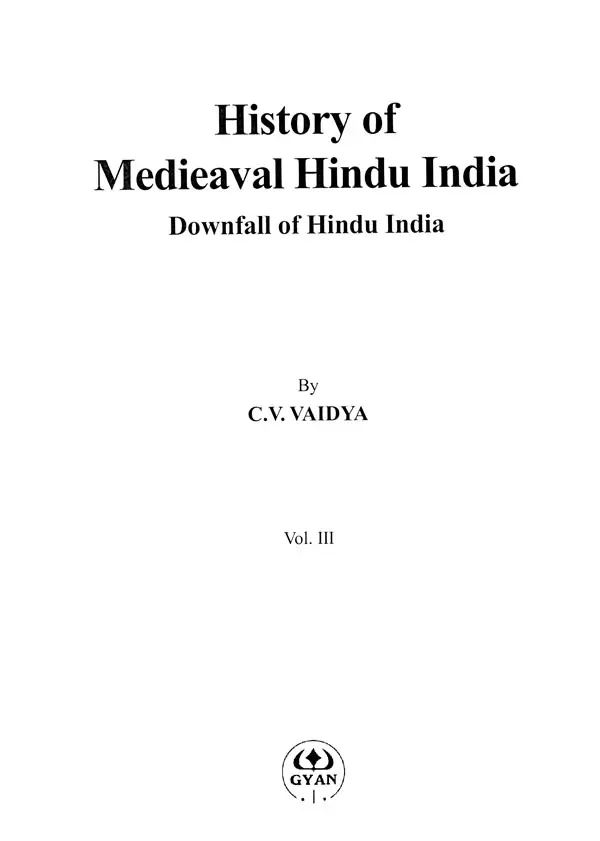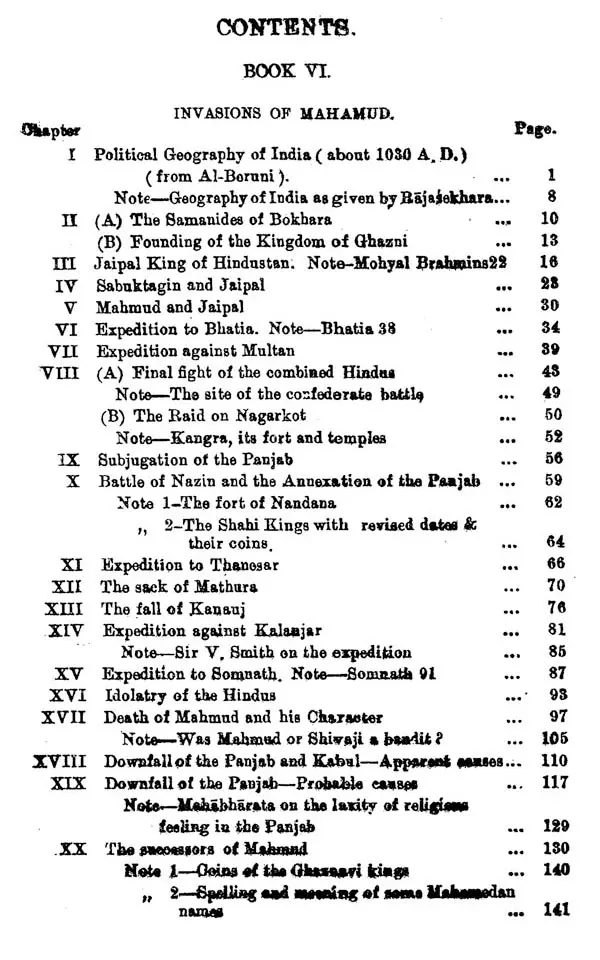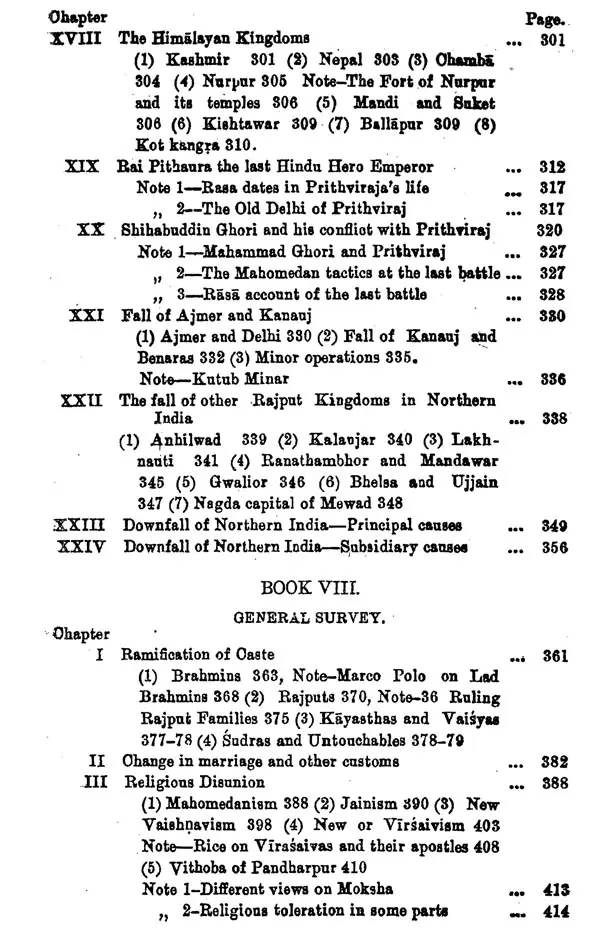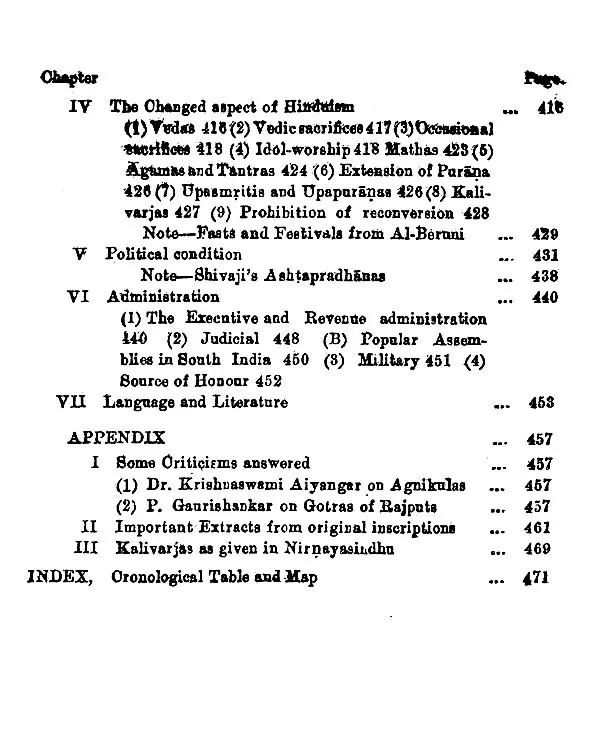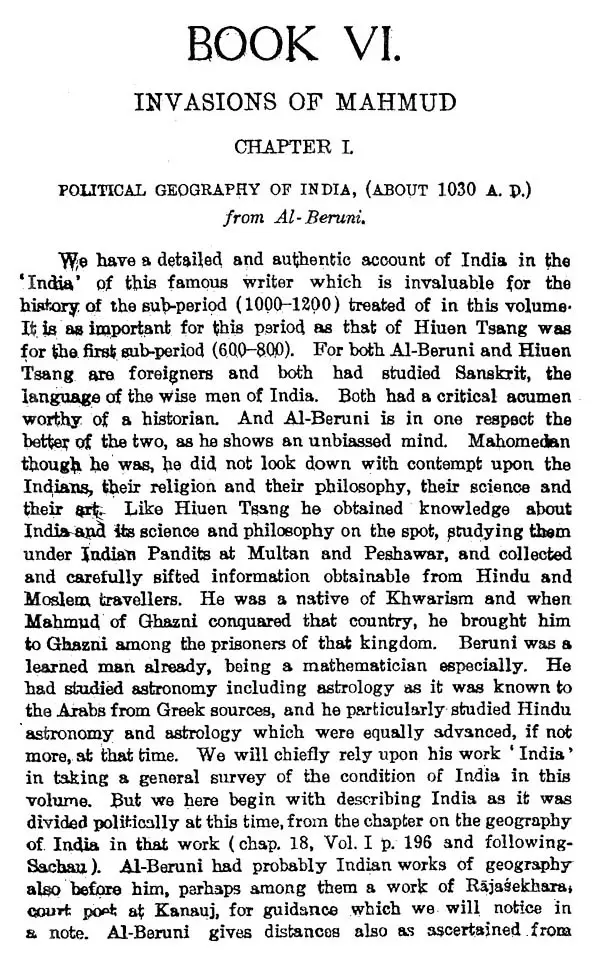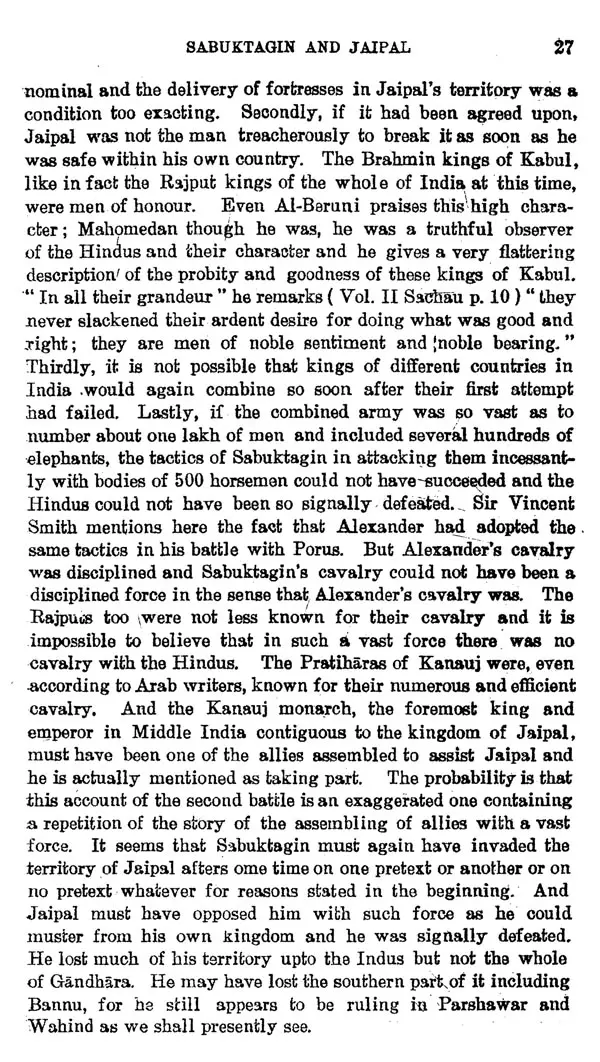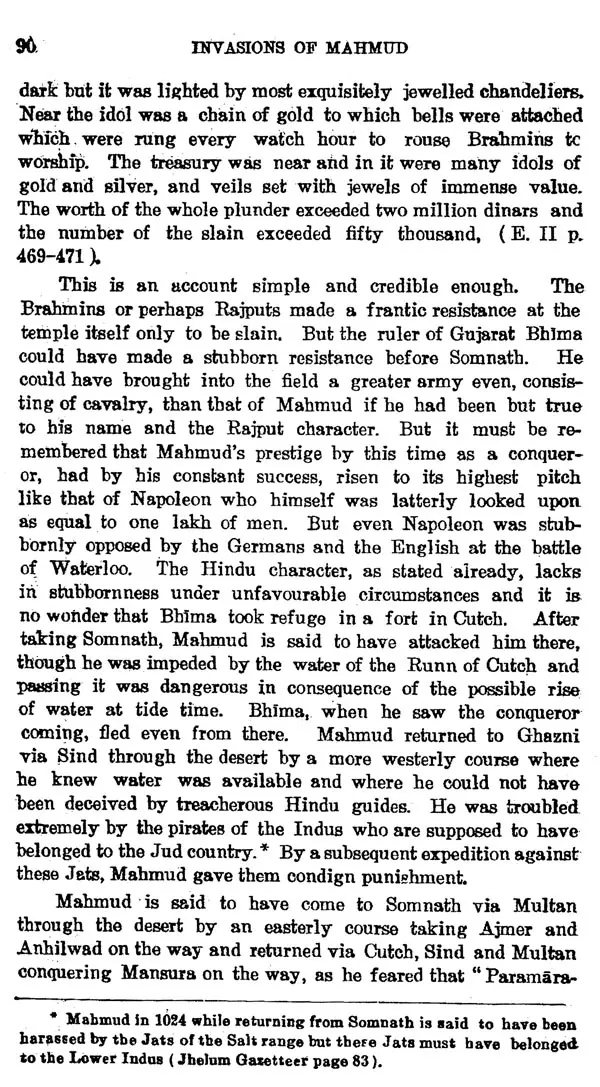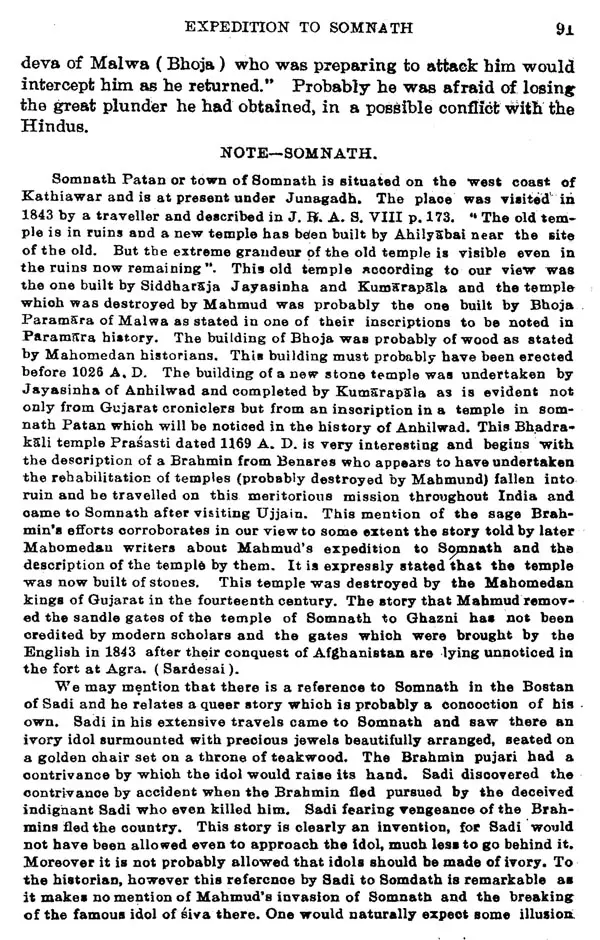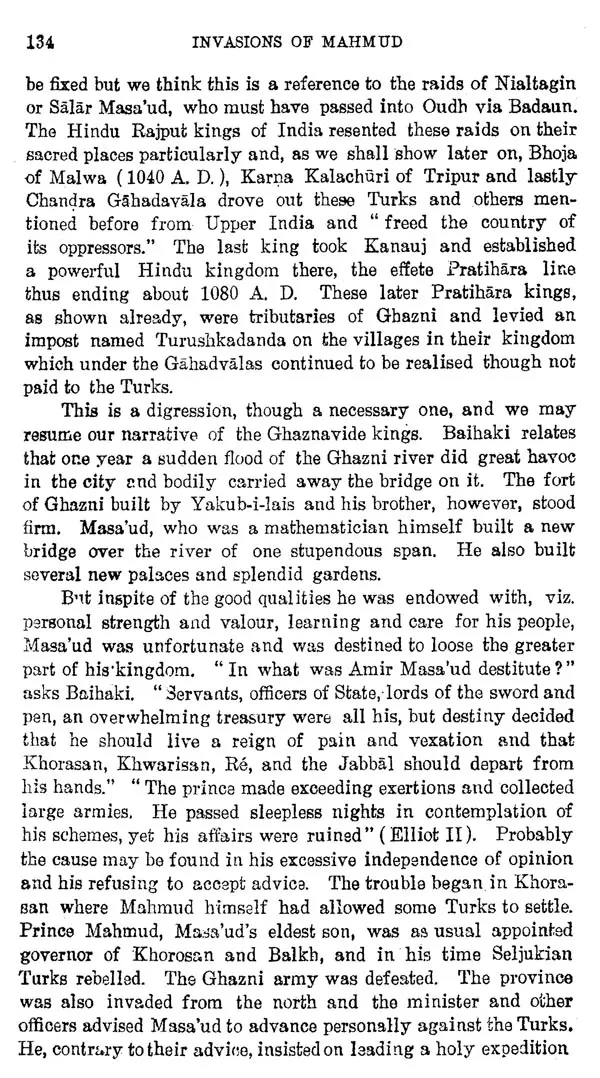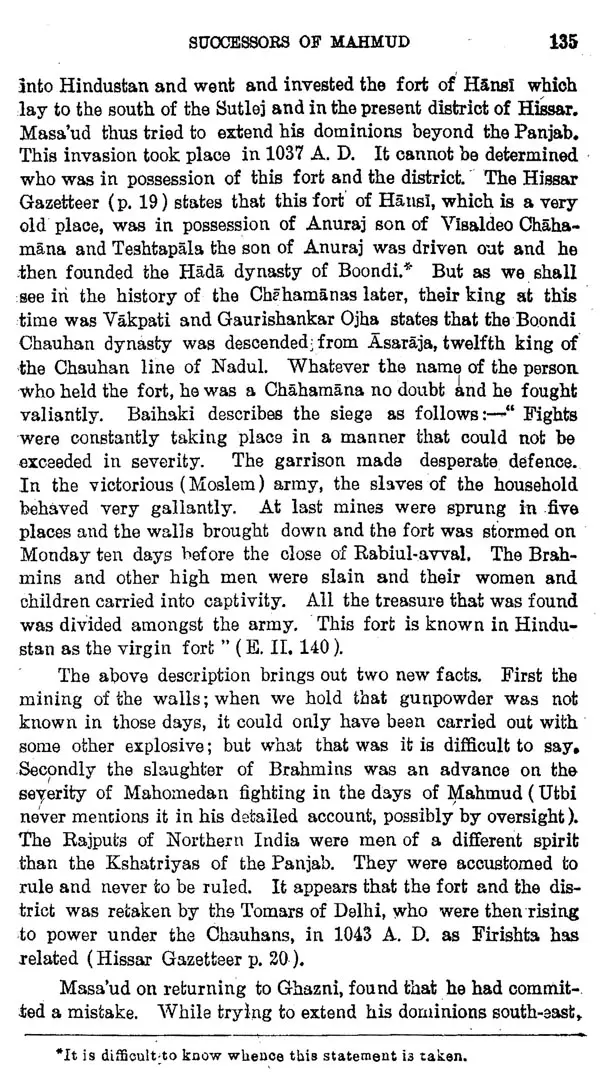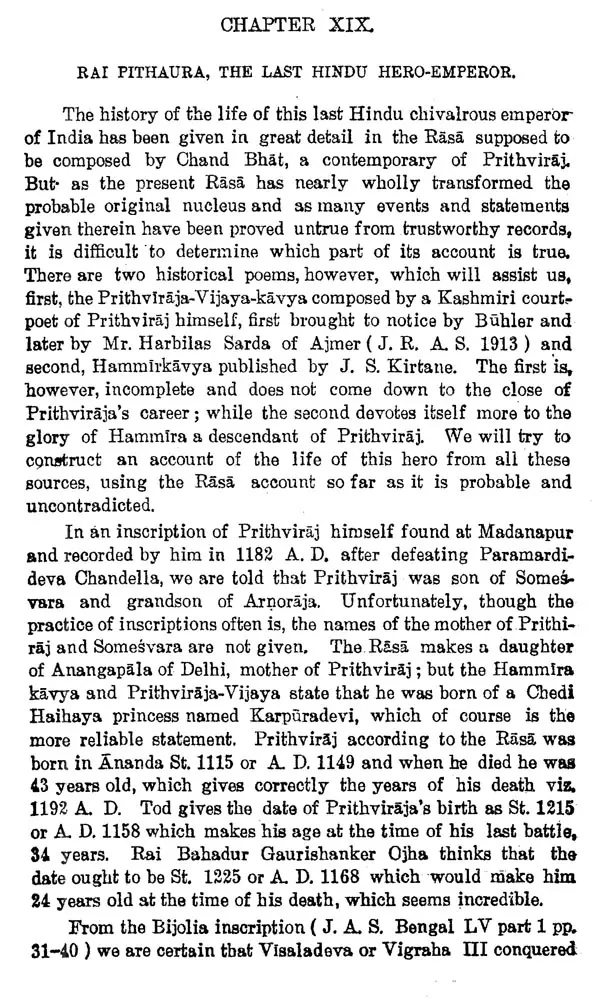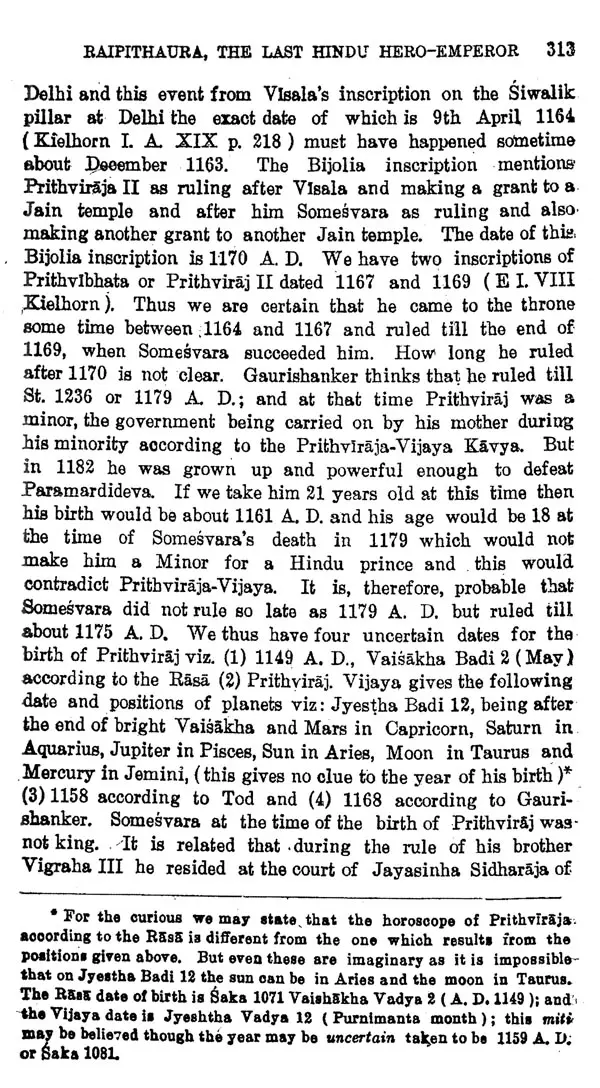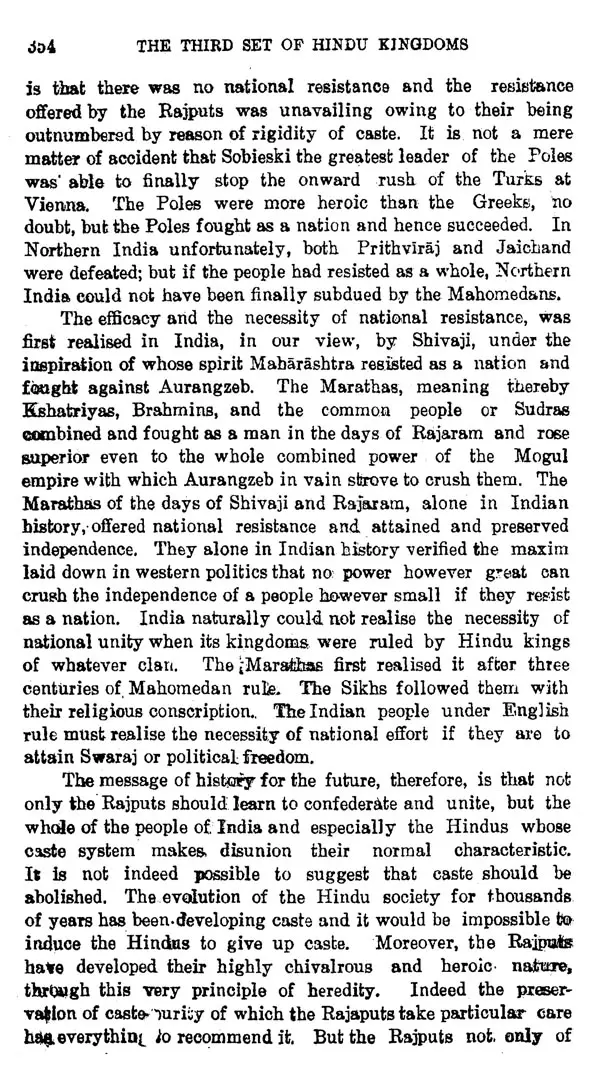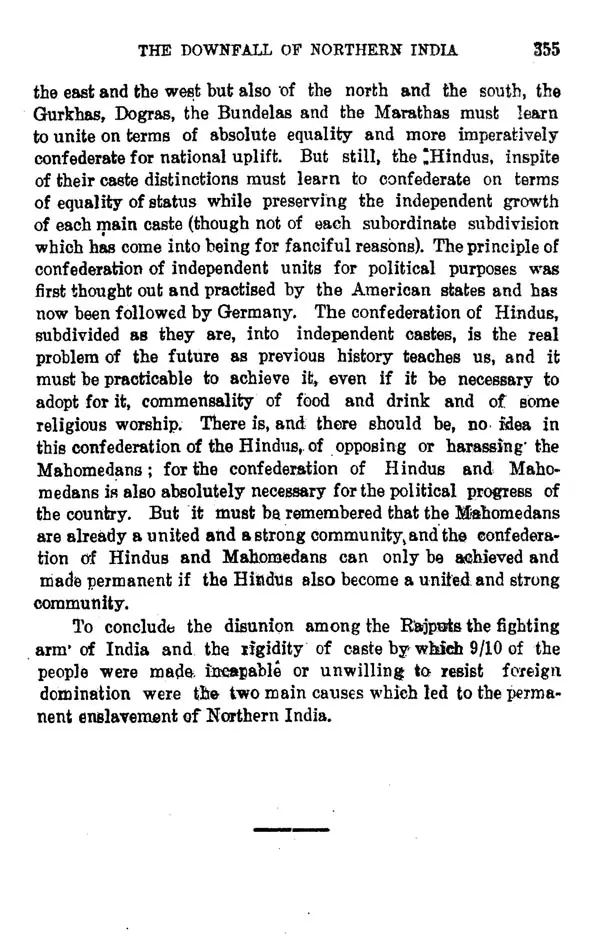
History of Medieaval Hindu India- Downfall of Hindu India (Volume-3)
Book Specification
| Item Code: | UBE173 |
| Author: | C.V Vaidya |
| Publisher: | Gyan Publishing House, New Delhi |
| Language: | English |
| Edition: | 2022 |
| ISBN: | 9788121263382 |
| Pages: | 492 |
| Cover: | PAPERBACK |
| Other Details | 8.50 X 5.50 inch |
| Weight | 430 gm |
Book Description
Chintaman Vinayak Vaidya (18 October 1861- 20 April 1938) was a Marathi-language historian and writer from Maharashtra, India. He was Chief Justice of Gwalior State for a period. He was born in a Chitpavan Brahmin family. In 1908, Vaidya chaired the Marathi Sahitya Sammelan held in Pune. Later, he became involved in the nationalist Congress Democratic Party, which was led by Lokmanya Bal Gangadhar Tilak. The following is a list of the titles of his major works: Samagra Awalonnati Lekhamala (1906) Mahabharat-Samalochan (1914) Mahabharat - A Criticism Nibandha Ani Bhashape (1915) Valmiki-Ramayan Parikshan (1920) Madhyayugin Bharat, Athawa, Hindu Rajyancha Udbhav , Utkarsh, Ani Uchchhed (1920) History of Mediaeval Hindu India, Being a History of India From 600 to 1200 A.D.
This volume brings down the history of India to about 1200 A.D. when the whole of Northern India Practically fall before the Mohomedans. The fall of Hindu India began in the very beginning of the sub-period treated in this volume, as Kabul and the Punjab fell before mohmud from about 1000 to 1009 A.D.
By the grace of God this third voluma of the History of Madival Hindu India as I had projected it several years back is ready and I place it before the indulgent reader under the second name of 'The Downfall of Hindu India. Indeed the idea of writing this history was originally suggested to me by Gibbon's Decline and Fall of the Roman Empire, as Medieval Hindu empire in its decline and fall struck me as greatly resembling the Roman empire. It fell before the Turks like the other and its fall closed with the taking of Kanauj on the Ganges as the latter's did with the storming of Constantinople on the Bosphorus. The Grecian capital became, moreover, the seat of the Turkish Mahomedan empire in Europe as Delhi became the seat of Turco-Afghan Mahomedan empire in India. The Greeks or Eastern Romans had declined in martial virtues and the same may be said of the Hindus generally, though the Rajputs, unlike the Greeks, even then maintained their high reputation for valour and love of independence and still main- tain their semi-independence in the sands and hills of Rajputana. Prithviraj and Jaichand strike us, unlike the last Grecian emperors, as redoubtable warriors who have immortalised their names in Indian history by their tragic but heroic end on the battlefield. Yet for various reasons, the generality of the people in Hindu India had become meek and accepted dependance without a tough national resistance.
Book's Contents and Sample Pages
